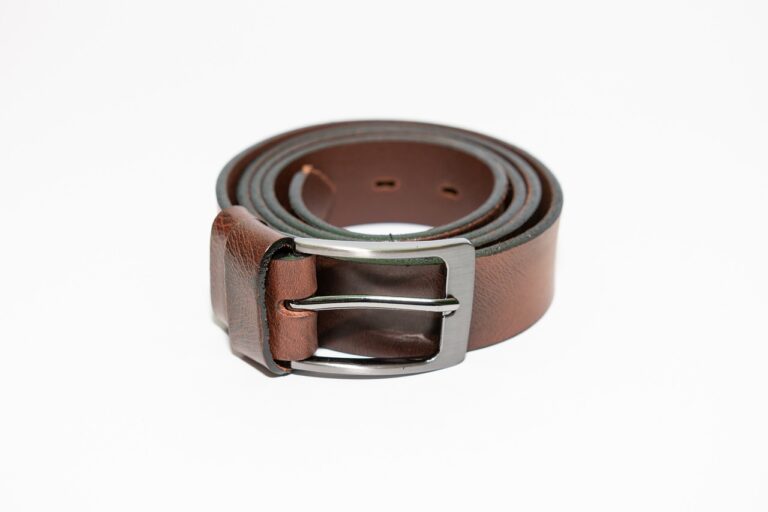Fashion and Technology Collaboration: Advancements in Wearable Tech
Technology has become an integral part of our lives, influencing almost every aspect of our daily routines. One of the areas where technology has made a significant impact is in the fashion industry. From smart clothing to wearable gadgets, the collaboration between fashion and technology has given rise to a new era of innovation and creativity. In this article, we will explore the advancements in wearable technology and how they are shaping the future of fashion.
The Rise of Wearable Technology
Wearable technology, also known as wearables, refers to electronic devices that are worn as accessories or even as clothing. These devices are equipped with sensors, processors, and connectivity features that enable them to collect data and perform various functions. The popularity of wearable technology has been steadily increasing over the past decade, thanks to advancements in technology and a growing interest in health and fitness.
Advancements in Smart Clothing
Smart clothing is one of the most exciting developments in the field of wearable technology. These garments are embedded with sensors and other electronic components that can monitor the wearer’s vital signs, track physical activity, and even regulate body temperature. Some examples of smart clothing include workout gear that tracks your performance, pajamas that monitor your sleep patterns, and even dresses that change color based on your mood.
Integration of Fashion and Technology
The integration of fashion and technology has led to the creation of wearable gadgets that not only look stylish but also serve a practical purpose. For example, smartwatches have become a popular accessory among tech-savvy individuals, offering features such as fitness tracking, notifications, and even contactless payments. Other examples of fashion-forward wearable technology include smart jewelry, fitness trackers disguised as fashionable bracelets, and even sunglasses with built-in cameras.
The Future of Wearable Technology
The future of wearable technology looks promising, with designers and tech companies collaborating to create even more innovative and stylish products. As technology continues to advance, we can expect to see more sophisticated wearables that seamlessly integrate into our daily lives. From smart fabrics that can change color or texture to accessories that can enhance our senses, the possibilities are endless.
Benefits of Wearable Technology
There are many benefits to incorporating wearable technology into our lives. For one, wearables can help us stay connected and organized, with features such as notifications, reminders, and calendar alerts. They can also assist us in monitoring our health and fitness goals, providing valuable data on our activity levels, heart rate, and sleep patterns. Additionally, wearable technology can enhance our fashion choices, allowing us to express ourselves creatively while staying connected to the digital world.
Challenges of Wearable Technology
Despite the many benefits of wearable technology, there are also some challenges to consider. Privacy and security concerns are often raised when it comes to wearables, as these devices can collect sensitive data about the wearer. There are also concerns about the environmental impact of producing electronic wearables, as well as the issue of electronic waste when these devices reach the end of their lifespan. Another challenge is the cost of wearable technology, which can be prohibitive for some consumers.
FAQs
Q: Are there any potential health risks associated with wearing smart clothing?
A: While smart clothing is generally safe to wear, some people may experience discomfort or skin irritation due to the electronic components. It is always recommended to follow the manufacturer’s guidelines and consult a healthcare professional if you have any concerns.
Q: How long do wearable gadgets typically last before needing to be replaced?
A: The lifespan of a wearable gadget can vary depending on the brand, model, and usage patterns. On average, most wearable devices last between 2-5 years before needing to be replaced or upgraded.
Q: Can wearable technology be customized to suit individual preferences?
A: Yes, many wearable devices offer customization options, allowing users to personalize their settings, appearance, and functionalities. Some companies even offer bespoke wearable technology that is tailored to the user’s specific needs and preferences.
In conclusion, the collaboration between fashion and technology has given rise to a new wave of innovation in the form of wearable technology. From smart clothing to stylish wearables, these products are redefining the way we interact with technology and express ourselves through fashion. While there are challenges to overcome, the future of wearable technology looks bright, with endless possibilities for creativity and functionality.







